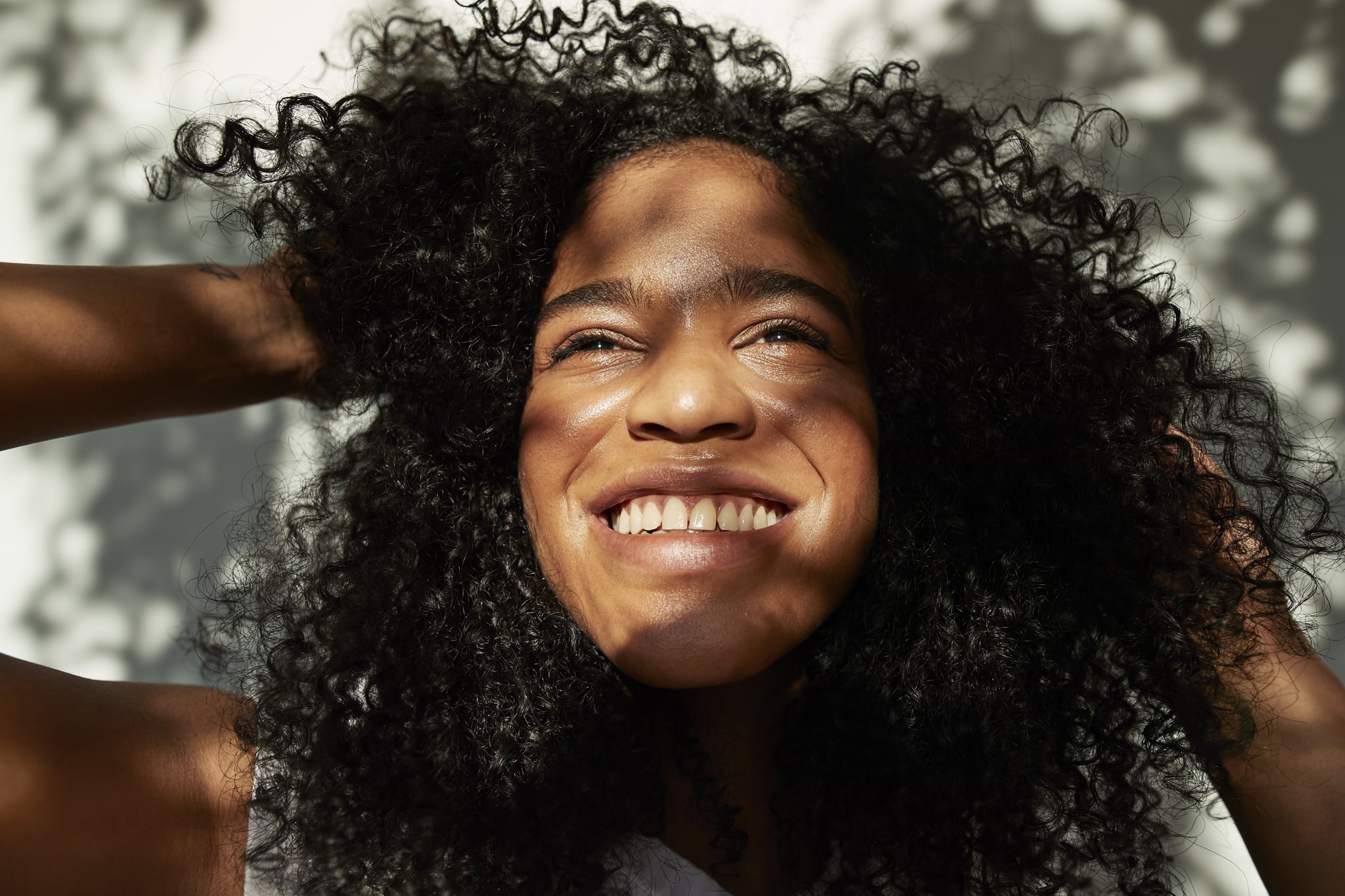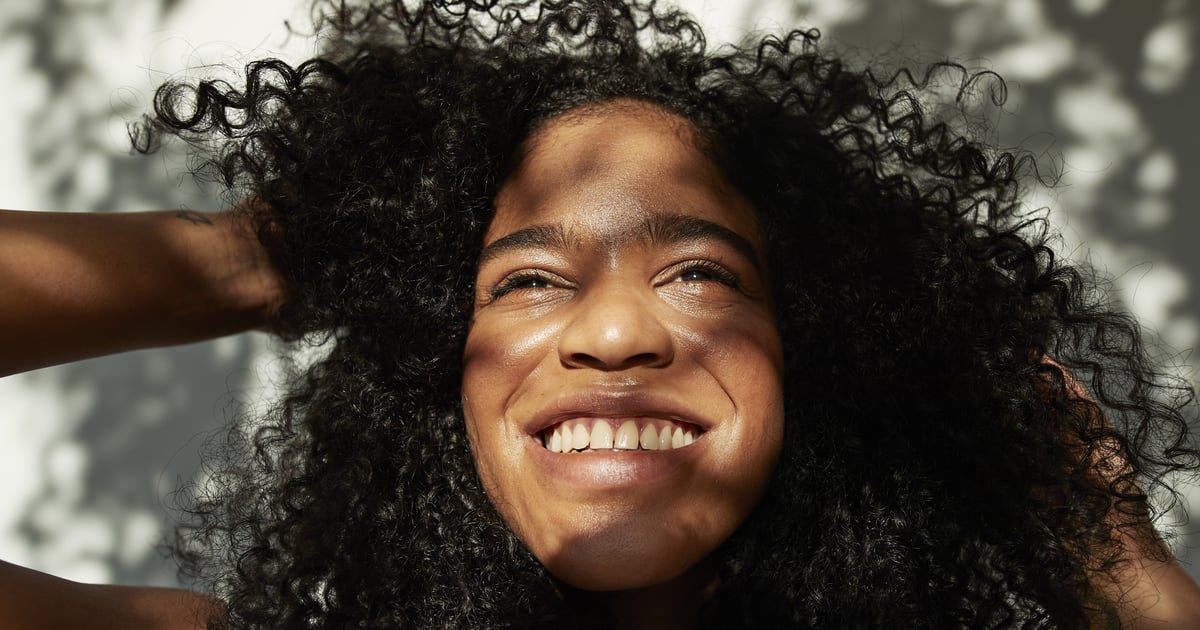Products You May Like

No matter who you are, taking care of your mental health is extremely important. There’s no right or wrong way to improve it — you may choose to take medication, journal, exercise, work with a mental health professional, do art therapy, or a combination of practices to manage and improve your well-being. If you’ve been curious about meditation and the benefits but find yourself saying things like, “It’s impossible for me to sit still and focus,” a new technique called SKY Breath Meditation can help improve your mental health without making you feel antsy and anxious.
“SKY Breath Meditation is a series of breathing practices that our research and others’ have now shown decreases anxiety and depression and stress, and improves well-being, positive emotions, mindfulness, [and] social connection,” Emma Seppälä, PhD, science director at the Stanford Center For Compassion and Altruism Research and Education and lead scientist on a Stanford/Yale study that looked at the benefits of SKY Breath Meditation, told POPSUGAR. SKY Breath Meditation focuses less on your thoughts and more on your physical breath, offering a deep state of relaxation that can help frantic thoughts to settle down.
SKY Breath Meditation: What Is It?
With various meditations, breathwork, and mindfulness practices available, you might be curious as to what differentiates SKY Breath Meditation from other offerings. “A lot of meditation practices, like mindfulness, which has gotten so much press because of the science around it, has been more about observing your thoughts in a nonjudgemental way,” Dr. Seppälä explained. A lot of meditations, including mindfulness, are cognitive based, but they don’t always work, she continued. For example, if you ask someone who has anxiety to sit and close their eyes and focus on their thoughts, they may end up feeling more anxious.
“But this is where breathing [makes it] different. What SKY Breath Meditation does is that it immediately taps into the opposite of your fight-or-flight [response],” Dr. Seppälä explained.
It’s bringing you into this deep state of relaxation that has these impacts on your mental health and well-being.
The sympathetic nervous system triggers the fight-or-flight response whereas the parasympathetic nervous system controls the rest and digest response, she said. By using breathwork, you’re able to tap into your parasympathetic nervous system, calming your heart rate and lowering your blood pressure in minutes, according to Dr. Seppälä.
“You can notice an immediate effect. . . . And so this is a very fast acting and efficient and effective way to come to a meditative state,” she said. You’re actively changing your breath during SKY Breath Meditation, “and it’s bringing you into this deep state of relaxation that has these impacts on your mental health and well-being.”
SKY Breath Meditation: The Benefits
- SKY Breath meditation is deeply calming. According to Dr. Seppälä, SKY Breath Meditation “calms you down in a really profound way,” helping you “think more logically, more rationally, and just more calmly about everything.”
- It can be effective for people with anxiety and depression. The focus on breath can be helpful for those experiencing depression and anxiety, as other psychological methods are therapeutic focus more on changing your thoughts as opposed to directly changing how your nervous system functions.
- It takes the attention (and pressure) off your thoughts. Some people find mindfulness-based meditation difficult because it focuses on observing your thought patterns. That heightened attention can make you feel uncomfortable and, paradoxically, make it harder to relax. By focusing on the breath and not the mind, SKY Breath Meditation settles your mind in a way that may feel more comfortable.
SKY Breath Meditation: How to Do It
SKY Breath Meditation isn’t as simple as inhaling for four seconds and exhaling for four seconds. “Sudarshan kriya yoga (SKY) is a type of cyclical controlled breathing practice with roots in traditional yoga,” according to a 2013 article published in the International Journal of Yoga. There are four different breathing techniques: Ujjayi or “Victorious Breath,” Bhastrika or “Bellows Breath,” an “Om” chant, and Sudarshan Kriya.
The first is a slow breath technique (you take two to four breaths a minute) that “increases airway resistance during inspiration and expiration and controls airflow so that each phase of the breath cycle can be prolonged to an exact count,” according to the 2013 article. During the second technique, you rapidly inhale air and forcefully exhale at a rate of 30 breaths per minute. Next, you chant “Om” three times with a prolonged expiration. The final technique entails following a rhythmic, cyclical breathing in slow, medium, and fast cycles, the article said.
“In addition to the SKY Meditation Technique, there are specific light physical stretches, interactive processes, and other elements that will help you experience and integrate the benefits of meditation into every aspect of your life,” according to the SKY Meditation website.
You have to learn the technique from an instructor via Art of Living, and students can learn it via the Sky Campus Happiness site. The program is also available to take as a class at some colleges such as Stanford University.
According to Dr. Seppälä, following this technique can affect you deeply. “For example, my research with veterans showed that after one week of learning this technique, their anxiety normalized. They didn’t even qualify as having post traumatic stress anymore. And the results were maintained one month and one year later,” she said.
SKY Breath Meditation: Should I Try It?
This meditation technique can benefit everyone from children to elderly people, but Dr.Seppälä said it’s especially beneficial for college students because, over the last decade, there has been a steep decline in mental health for those ages 18 to 25. “Forty percent of students say that they felt too anxious to function, and 60 percent of students have mentioned that about depression. And then studies have shown that since the pandemic and [with] racial tension, things have only gotten worse,” she said.
No matter the root of emotions such as anxiety, depression, stress, if you’re looking for ways to improve your mental and emotional well-being, this new technique is worth trying.
If you are feeling anxious or depressed and need help finding help or resources, the Anxiety and Depression Association of America and the National Alliance on Mental Illness (1-800-950-6264) have resources available.
— Additional reporting by Maggie Ryan
